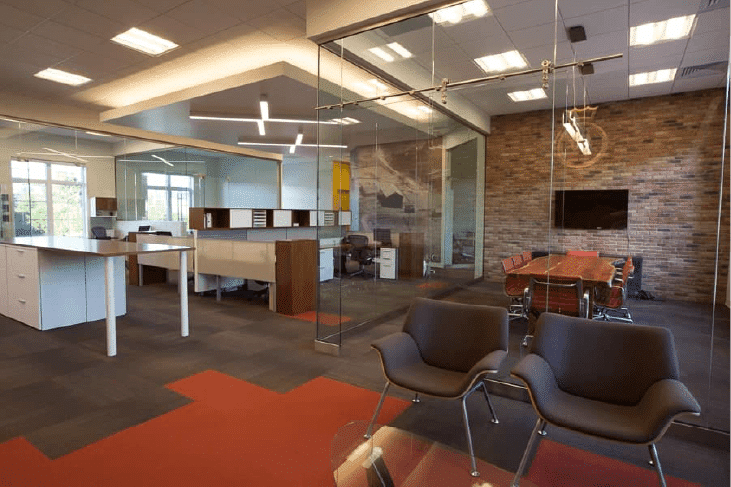Approval-Ready Building Permit Drawings
Acquiring a permit drawing is an essential part of any interior design venture, as it guarantees adherence to the Ontario Building Codes (OBC) and regulations established by the local government. These drawings offer a detailed account of the proposed modification or addition to a space, encompassing structural changes, plumbing and electrical structures, and other important details. With a permit drawing, designers can showcase their project’s compliance with safety standards.

Permit Process
It may take time, but the result is worth the wait. Rest assured, we have everything under control.
Earning a building permit involves a well-defined procedure that is regulated by local municipalities. It starts with an initial consultation to ensure that the project is in line with zoning by-laws and building codes. Once submitted, the municipal staff meticulously evaluates the project, reviewing its compliance with regulations. When approved, the permit is issued, giving the green light for construction or renovation. During the process, regular inspections are conducted to ensure that all standards are being observed. When the work is done, a thorough final inspection is carried out. Once everything checks out, a Certificate of Occupancy is issued, allowing for lawful occupancy.
Example Permit Drawings
A few examples of some permit drawings packages.



Frequently asked questions
What are building permit drawings?
Understanding building permit drawings is crucial as they serve as the blueprint for your construction project, ensuring compliance with regulations and guiding builders through every stage.
Understanding Building Permit Drawings: Building permit drawings are detailed plans and construction drawings and permits required by local authorities to assess and approve construction projects. These drawings typically include architectural plans, structural details, mechanical systems (such as HVAC and plumbing), electrical layouts and other types of drawings you need for construction. They serve as a comprehensive guide for builders, inspectors, and engineers throughout the construction process.
Detailed Documentation: These drawings provide a comprehensive view of the proposed building, covering everything from the layout of rooms and spaces to the structural integrity of the building. They are essential for ensuring that the construction meets safety standards, building codes, zoning laws, and other regulatory requirements. Building permit drawings are required to outline the exact specifications and ensure adherence to local building regulations.
Compliance and Safety: Building permit drawings and documents ensure that your project complies with local building codes and regulations, which are designed to safeguard public health, safety, and welfare. By adhering to these standards, you reduce the risk of construction delays, legal issues, and potential hazards to occupants and neighboring properties.
Construction Guidance: Beyond regulatory compliance, permit drawings also serve as a crucial tool for builders and contractors. They provide clear instructions on how to execute the construction project, ensuring that all elements are built according to the approved design and specifications.
Permit drawings are indispensable documents that outline the scope, design, and technical details of your construction project. They ensure that the project meets regulatory standards and is built as envisioned. Professional drafting services or design services play a crucial role in creating these detailed building plans, ensuring accuracy and compliance with building codes.
Why do I need building permit drawings?
Understanding the importance of building permit drawings can help you appreciate their role in ensuring a successful and compliant construction project.
Legal Requirement: Building permit drawings are a legal requirement for building permit application which is essential to most construction projects. They demonstrate to local authorities that your project complies with building codes, provincial or municipal zoning regulations, and other applicable bylaws. Without proper permits and drawings, you risk fines, stop-work orders, and potential legal liabilities as a property owner. In order to use these drawings effectively, they must be accurate and comprehensive, ensuring all aspects of the project are covered.
Quality Assurance: Detailed permit drawings for a variety of construction purposes are typically required to ensure that your construction project meets high-quality standards while staying within budget. They provide clarity on design intent, materials to be used, construction methods, and other technical specifications. This reduces the likelihood of errors or misunderstandings during construction, resulting in a more efficient and cost-effective build. Sample drawings can demonstrate how these specifications are visually represented in practice. Moreover, these drawings serve as a vital record for any freedom of information request in the future, providing documented evidence of compliance with building codes and zoning regulations, which is crucial for legal and transparency purposes.
Communication Tool: Permit drawings serve as a communication tool between various stakeholders involved in the construction process. They convey essential information to architects, engineers, contractors, inspectors, and suppliers, ensuring everyone is aligned on the project’s requirements and objectives.
Risk Mitigation: By having comprehensive permit drawings, you modify or mitigate risks associated with design discrepancies, structural failures, and non-compliance issues. Early identification of potential problems through detailed drawings allows for timely adjustments and corrections, saving you time and money by preventing costly delays and minimizing the impact of unforeseen issues during construction.
Project Documentation: Additionally, you’re required to submit permit drawings because they serve as a permanent record of the project’s approved design and specifications. They provide a valuable reference for the nature of the project, and future major renovations, maintenance, or modifications, ensuring continuity in the building’s lifecycle. Records are available to verify compliance and for use in future projects.
Building permit drawings are essential for legal compliance, quality assurance, effective communication, risk management, and long-term project documentation. To ensure all aspects are covered, it is crucial to submit a completed authorization and ensure that all drawings are prepared according to code.
What information is included in building permit drawings?
When applying for your permit for your new project, understanding the content of building permit drawings helps you grasp the level of detail required to obtain approvals and guide construction effectively.
Comprehensive Details: Building permit drawings encompass a wide range of information essential for constructing a building. This includes architectural plans, which detail the layout and dimensions of rooms, windows, doors, and other features within a permit set. It also includes elevations, showing the exterior appearance and structural design elements of the building from different viewpoints.
Structural Details: These drawings include structural plans and details, such as foundation plans, framing plans, and structural calculations. They specify the materials to be used, load-bearing capacities, and other structural elements necessary for ensuring the building’s stability and life safety.
Mechanical and Electrical Layouts: Building permit drawings also include mechanical plans for HVAC (Heating, Ventilation, and Air Conditioning) systems, plumbing layouts, and electrical plans. These details outline how these systems will be installed, connected, and integrated within the building, ensuring functionality and compliance with building codes.
Site Plans and Landscaping: Site plans are crucial components of permit drawings, illustrating the building’s location on the property, setbacks from property lines, access points, parking areas, and landscaping features. They provide a holistic view of how the building integrates into its surroundings and ensure compliance with zoning regulations and environmental considerations. These details play a vital role in the approval process, influencing whether the permit will be issued promptly.
Accessibility and Safety Features: Building permit drawings also incorporate details related to accessibility features, such as ramps, elevators, and accessible restroom facilities, ensuring compliance with ADA (Americans with Disabilities Act) requirements. Additionally, they include fire safety measures, emergency exits, and other essential safety features mandated by building codes.
Building permit drawings include comprehensive information ranging from architectural layouts and structural details to mechanical systems, building site plans, and safety features. Together, these details ensure that the construction project meets regulatory standards and functions effectively as designed.
Who prepares building permit drawings?
Understanding the role of professionals in preparing building permit drawings ensures you choose qualified experts to oversee your construction project.
Professional Expertise: Building permit drawings are typically prepared by licensed professionals such as architects, engineers, qualified designers, or draftspersons with expertise in building design, architectural design, codes, and regulations. These professionals use AutoCAD software and have the knowledge and skills to create accurate, detailed architectural drawings that comply with local building code acts and meet your project’s requirements, including floor plans.
Collaborative Effort: Preparing permit drawings involves collaboration between various professionals and stakeholders. Architects conceptualize the design, engineers ensure structural integrity and mechanical systems are properly integrated, and draftspersons create the detailed technical drawings needed for approvals. The design process is central to this collaboration, ensuring that all design aspects are meticulously planned and documented before construction begins.
Ensuring Compliance: Licensed professionals ensure that permit drawings adhere to all applicable building codes, zoning ordinances, and regulatory requirements. Their expertise minimizes the risk of errors or omissions that could delay approvals or lead to costly revisions during construction.
Project Coordination: Beyond technical skills, professionals managing permit drawings or an authorized agent oversee coordination with other consultants, such as landscape architects or environmental engineers, ensuring all aspects of the project are addressed comprehensively.
Qualified professionals with specialized knowledge in architecture, engineering, and drafting collaborate to produce building permit drawings that are accurate, compliant, and essential for successful construction projects.
How long does it take to get building permit drawings approved?
Understanding the timeframe for building permit approvals helps you plan your construction project effectively and anticipate potential delays.
Approval Timeline Factors: The approval timeline for building permit drawings can vary based on several factors. These include the complexity and scale of the project, local government regulations and processes, completeness and accuracy of the drawings, and workload and efficiency of the permitting authority.
Typical Timeline Range: In general, the approval process for building permit drawings can range from a few weeks to several months. Smaller, straightforward projects may receive approvals more quickly, while larger or more complex projects may require additional reviews or revisions.
Preparation and Submission: To expedite your permit application process and approval, you need to submit comprehensive, accurate permit drawings with all required documentation. Any discrepancies or missing information can lead to delays, as the permitting authority may request additional information or revisions.
Communication and Follow-Up: Maintaining open communication with the permitting authority and promptly addressing any questions or requests for revisions can help streamline the entire process for approval. Regular follow-up ensures that your project remains a priority and progresses toward approval efficiently.
Ultimately, the timeline for building permit approvals depends on various factors, including project complexity and regulatory processes. Proper preparation, thorough documentation, and proactive communication can help minimize delays and expedite approvals for your construction project. Please contact us to learn more about how our package includes everything you need to make your dreams a reality.
